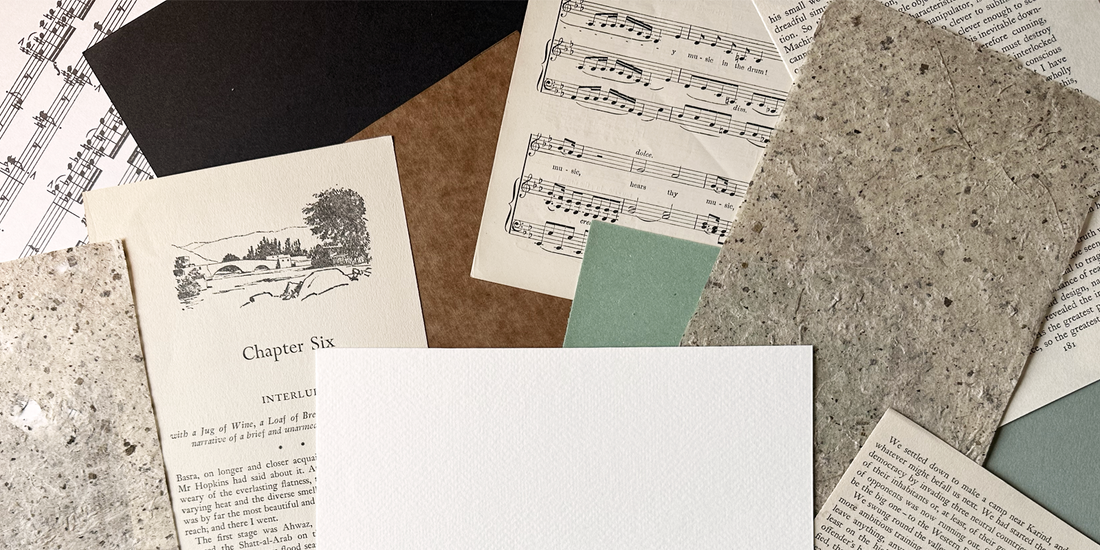Yes. Sometimes. Let me explain.
Have you ever watched an artist draw over the top of what looks like pages ripped from an old novel? “What gives them the right” you yell into your phone, thinking of all the beloved books on your shelves, carefully chosen, purchased and curated over the years. So you go over and you pet them and whisper, “I would never”.
Well my personal opinion (as a book lover myself), is that books deserve to live well. And by that I mean they should be read, enjoyed, displayed in bookshelves or stored away for a future read or to be passed on to others as a gift. But what if a book is damaged and lying on a dusty shelf in a bookshop? What if it’s subject matter is now irrelevant due to time’s passing and the cover is hanging on by a thread and someone accidentally spilt their beer all over the first chapter and it’s now un-readable? I’m not including damaged artefacts or items of historical or religious importance here of course, no one is suggesting that ripping up the Book of Kells to doodle over is a good idea. But I think that in some cases, taking a book that would otherwise end up in a landfill (which is a lot more than you may think) is a beautiful way of giving it a new life.
It is estimated that more than 300 million books are thrown away globally every year, with paper accounting for more than 26% of landfill waste. According to Words Rated, over 160,000 truckloads of unread books are discarded annually, resulting in the loss of approximately 10 million trees used in their production. This means that a large proportion of those dusty books sitting in your local charity shop might never return to someone’s home, they’ll end up in the dump, especially if they’re old and damaged. But we like the old and damaged ones. The pages with yellowing corners, pencil marks from a previous owner over 50 years ago and rips here and there. Well, I do anyway - it’s called character.
This character is what makes reusing these books perfect; their flaws are what make them both undesirable to the masses but gold dust to someone like me. One of my favourite activities is to grab a coffee and head down to a musty second hand book shop and hunt through the bottom shelves for some weird manual for machinery that no longer exists - bonus points if it has weird illustrations, they’re the best. Some of my favourite purchases have been:
-
An incredibly water damaged book of sheet music in an old wardrobe for sale in an antique shop with paper so wavy it had to be well pressed before use.
-
Another book of sheet music with a child’s adorable attempt at drawing farm animals on the first few pages.
-
Another book of sheet music with half the front cover missing and pencil marks throughout. I did that too, piano is hard.
- An old manual of ‘Profitable Hobbies’ with delightful illustrations throughout and a heck of a lot more mysterious brown stains.
Something I also consider when looking for books to buy as an art material is how much of it I can actually use. Like a chef wanting to make sure no part of an ingredient will go to waste, I want to make sure it’s worth my while to dissemble its pages. I get great satisfaction when I get down to the last new pages, knowing that the single book is now spread across multiple artworks, sketchbooks and collages.
Some may say all books should be preserved regardless of their condition but I do not believe we should just let them go to waste for the sake of keeping its form as an object intact. What purpose will it serve disintegrating in a landfill when we can be using it for so many new creative things?
I love books, and that’s why I reuse them in my art.

